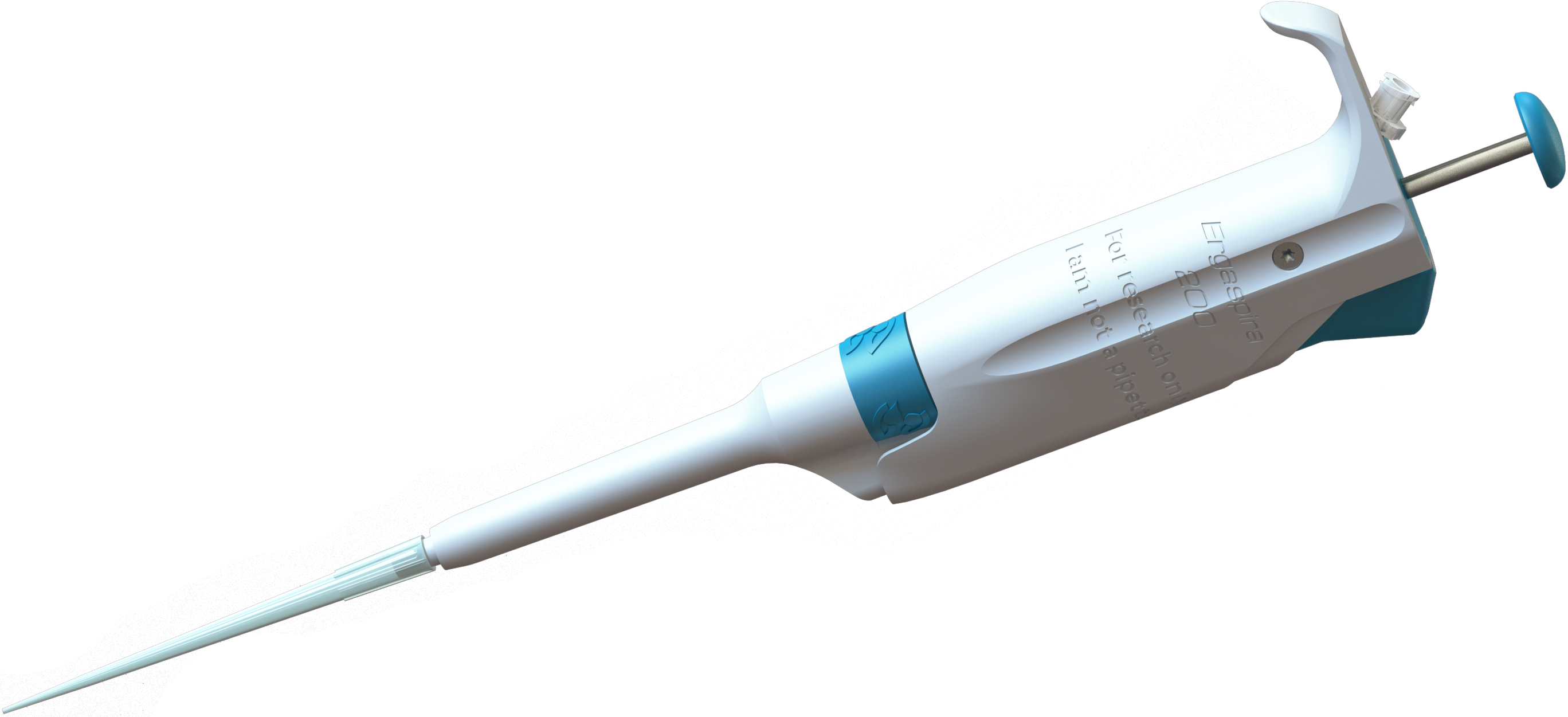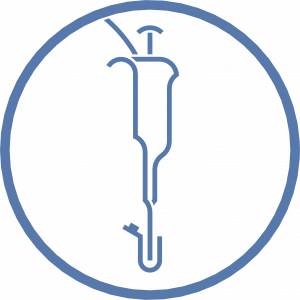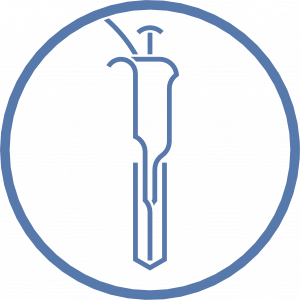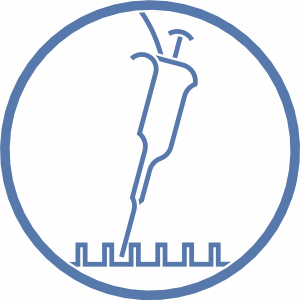
The world's first pipetting aspirator
The Ergaspira200 pipette aspirator offers a range of features that make it a game-changer for lab technicians. With its innovative design, you can now remove milliliters and microliters of supernatant in a single step, allowing you to save time and avoid repetitive strain injury (RSI) associated with traditional methods.
In addition, the Ergaspira200 pipette aspirator allows you to change media on your 3D scaffolds up to 5 times faster than you would be able to do with a traditional micropipette. This means that you can maintain your cell cultures more efficiently, with less downtime between experiments and more consistent results.
And, with the Ergaspira200 pipette aspirator, attaching and ejecting tips is as intuitive as it is with your micropipette. You won’t need to worry about fumbling with bulky vacuum aspirators or struggling to change tips mid-experiment.
With its combination of speed, precision, and ease of use, the Ergaspira200 pipette aspirator is the perfect tool for any lab technician looking to improve their workflows and achieve better results.
Remove supernatant from microtubes
In a majority of laboratory protocols, including cell thawing, cell replating, cell purification, magnetic cell labeling, immunoprecipitation, and more, the phrase “remove as much supernatant as possible” is a common instruction.
With the Ergaspira200, there’s no need to change tools or even reposition your fingers when transitioning from continuous aspiration to accurately drawing the last microliters of supernatant. This eliminates the need for tool changes and drastically reduces the consumption of glass pipettes and micropipette tips.
In situations where the supernatant volume exceeds 1 mL, removing as much supernatant as possible can be a challenging and time-consuming task. Traditionally, this requires repeated draws and blowouts with a micropipette or switching from an aspirator to a micropipette. However, with the Ergaspira200, you can easily and efficiently aspirate large volumes of supernatant without the need for tool changes or repeated manipulations.
Whether you’re working with cell cultures or other laboratory samples, the Ergaspira200 is the ideal tool for maximizing your efficiency and accuracy while minimizing the consumption of costly consumables.
Remove supernatant from centrifuge tubes
In laboratory settings, it is common practice to handle centrifuge tubes and other liquid containers with a separate cap by avoiding placing the cap onto the bench surface and instead holding it between your fingers. This prevents contamination and helps maintain a sterile work environment.
For most lab technicians, unscrewing the tube cap with their pipette hand and transferring the cap to their tube hand is a muscle memory that has been developed over time. The range of finger motion possible while holding a micropipette allows for graceful and efficient cap handling during experiments.
However, this important step in the daily workflow of so many lab technicians is often overlooked when it comes to equipment design. That’s where the Ergaspira200 stands out from the rest.
As the only aspirator with a finger hook, the Ergaspira200 addresses this crucial aspect of laboratory work and makes it easier and more intuitive for lab technicians to handle their centrifuge tubes and other liquid containers with a separate cap. With the Ergaspira200, you can maintain your sterile work environment while also improving your workflow and efficiency.
Aspirate media from sensitive cell cultures
In the field of life sciences, 3-dimensional cell culture has become increasingly popular as a means of developing more realistic and accurate models for drug screening. However, maintaining these types of cultures can pose a challenge, particularly when it comes to removing spent media without accidentally aspirating the sample.
Traditionally, researchers have had to resort to using micropipettes and a lot of patience to carefully remove the media. But with the Ergaspira200 pipette aspirator, this task is made much simpler and more efficient.
With the Ergaspira200, you can draw up to 200+100 µL of liquid into the tip, just like you would with a P200 micropipette. But instead of having to move the tip to a waste container and blow out the contents, all you need to do is gently push the ejector button to empty the tip backwards and prepare it for the next well.
This eliminates the need for strenuous blowouts and sweeping arm motions, and allows you to keep your eyes focused on the well-plate. With the Ergaspira200, you can maintain your 3-dimensional cell cultures with ease and confidence, freeing up more time and energy for your important research.
Wash robust samples for microscopy
When it comes to terminating a cell culture experiment and preparing for subsequent analysis such as microscopy, multiple incubation and washing steps are often required. While the innovative pipetting function of the Ergaspira200 may not be necessary for removing wash buffers, it still provides unparalleled suction strength modulation through its 6 mm of travel on a thumb-operated button.
Compared to conventional vacuum aspirators, tip attachment and ejection with the Ergaspira200 is much more intuitive, making it easier and more efficient to use. With the Ergaspira200, you can quickly and easily modulate suction strength to suit your needs and achieve precise results, without the need for strenuous hand motions or complex adjustments.
Whether you are performing a complex experiment or simply preparing your samples for analysis, the Ergaspira200 is an indispensable tool for any researcher looking to streamline their workflow and improve their results.
Anything we missed?
The Ergaspira200 stems from the minds of stem cell researchers which obviously shines through in the feature demonstration videos. If you or anyone in your lab would like to have demonstrated how the world’s first pipetting aspirator would fit into your research scenario, feel free to contact us on dang@ergasta.com.
Supported by



